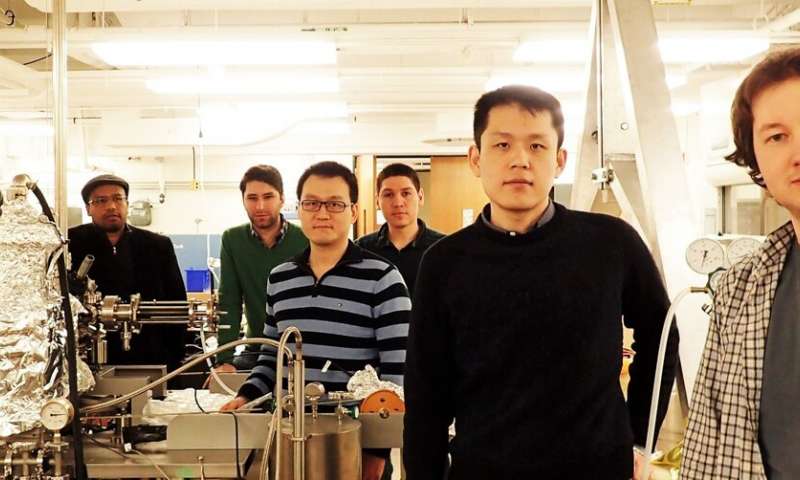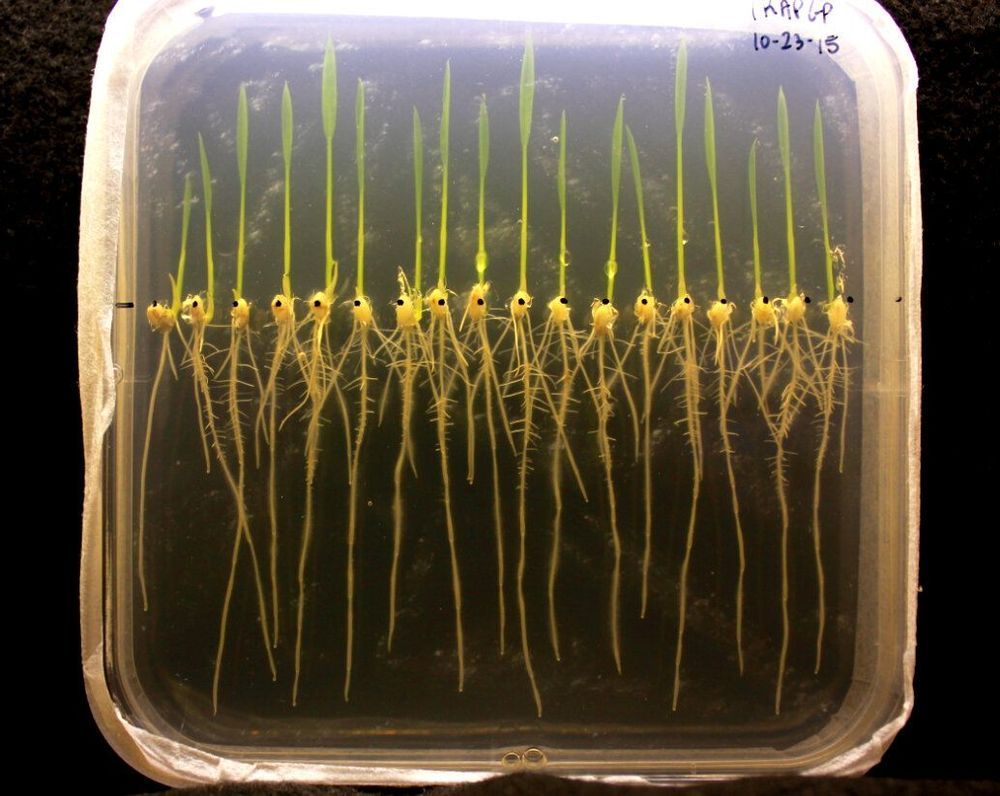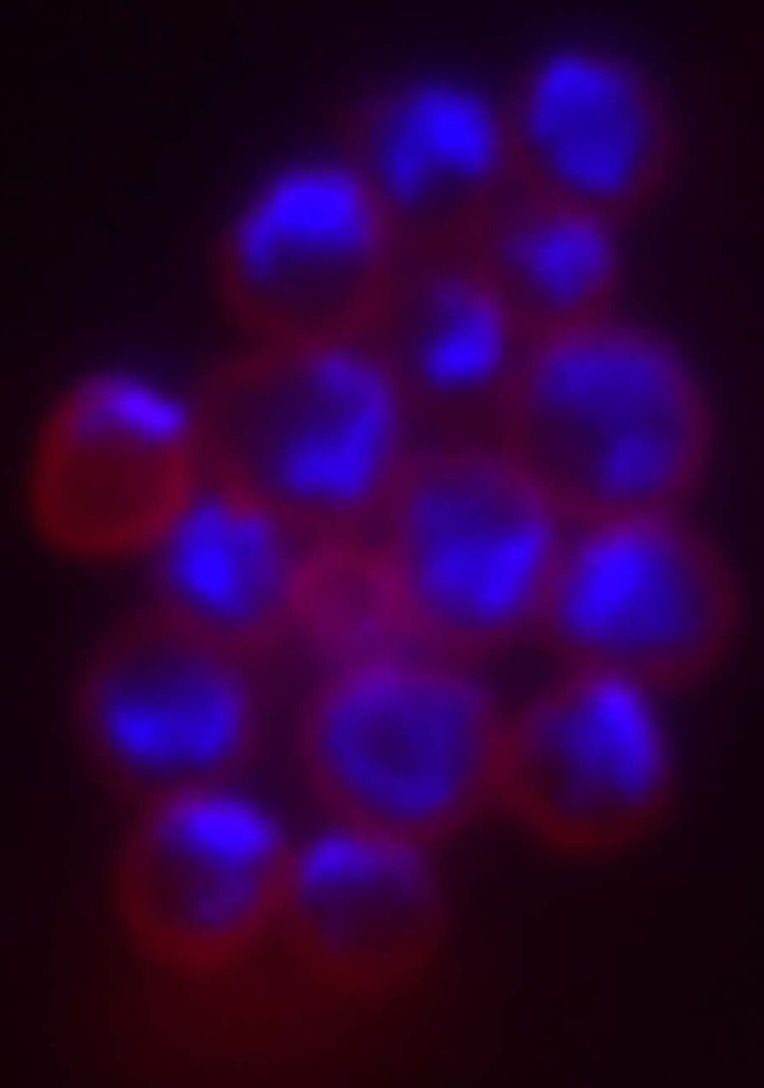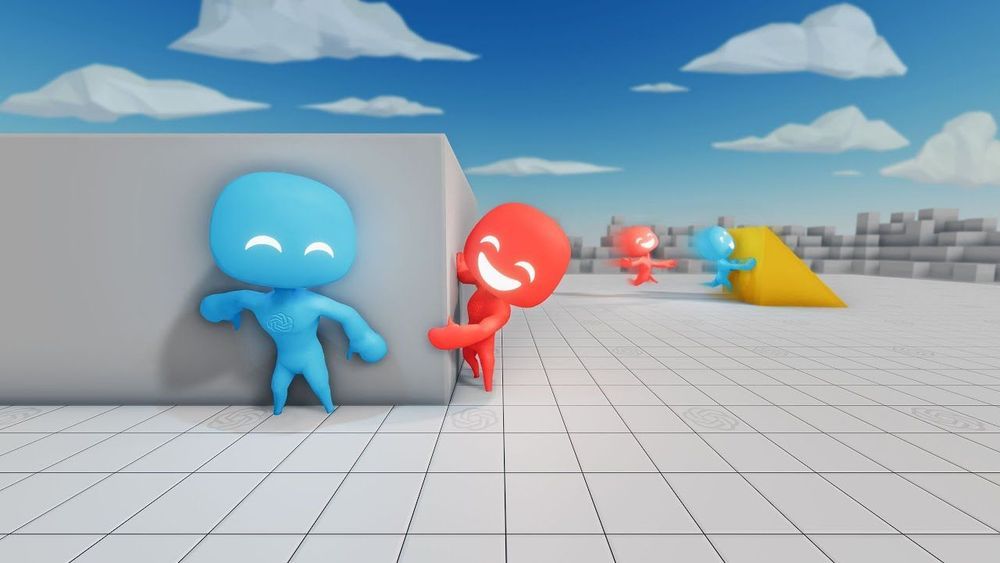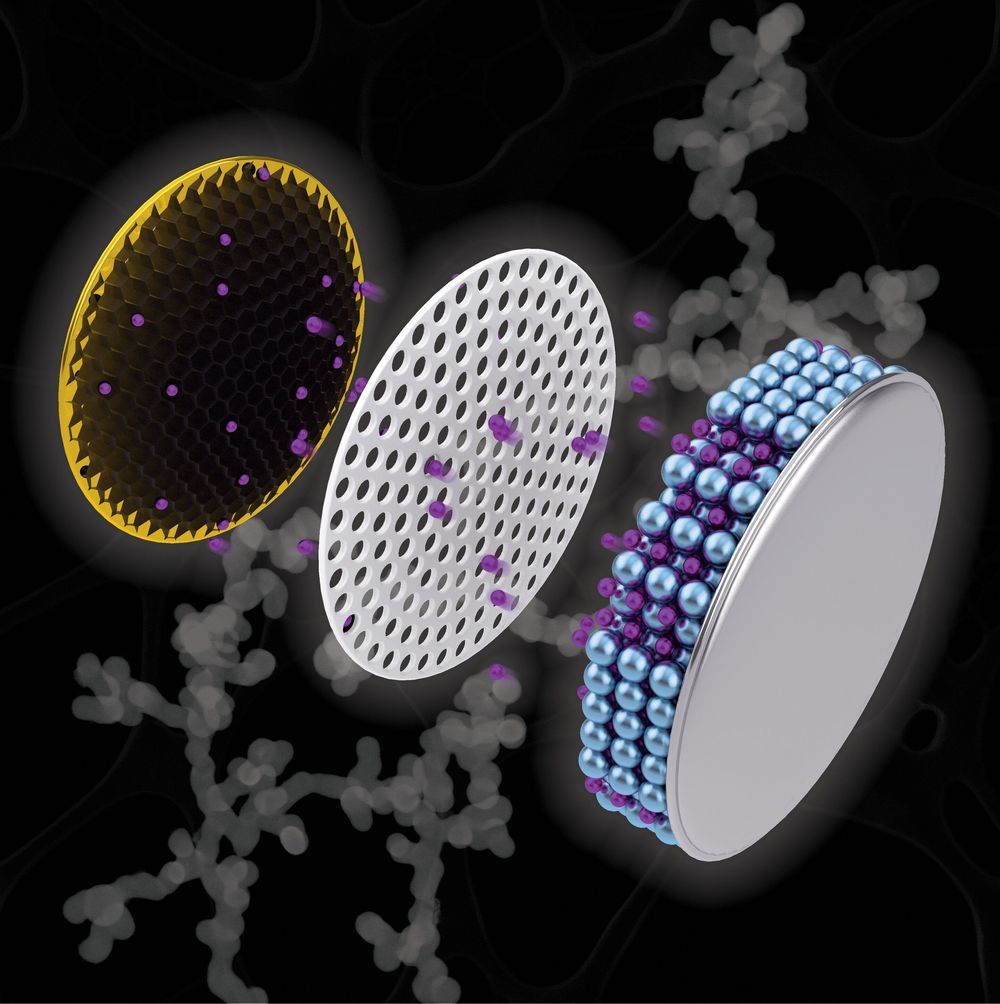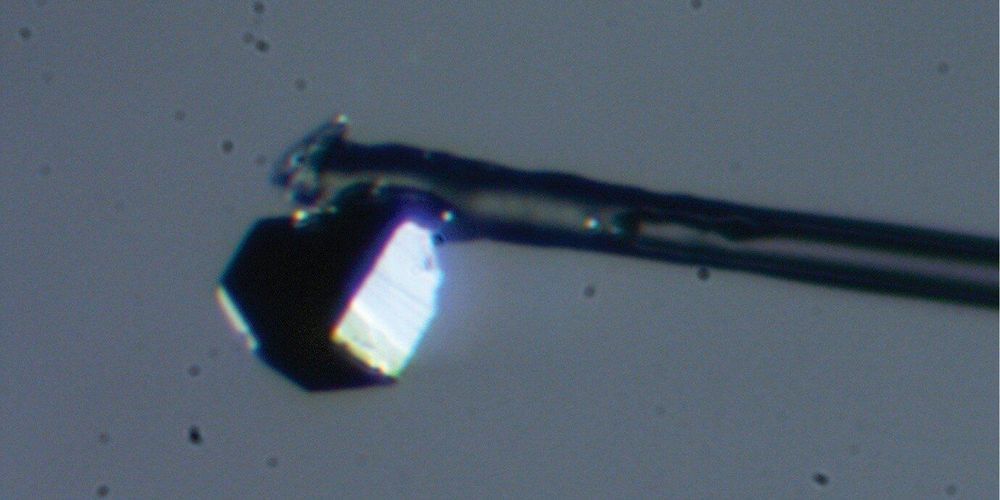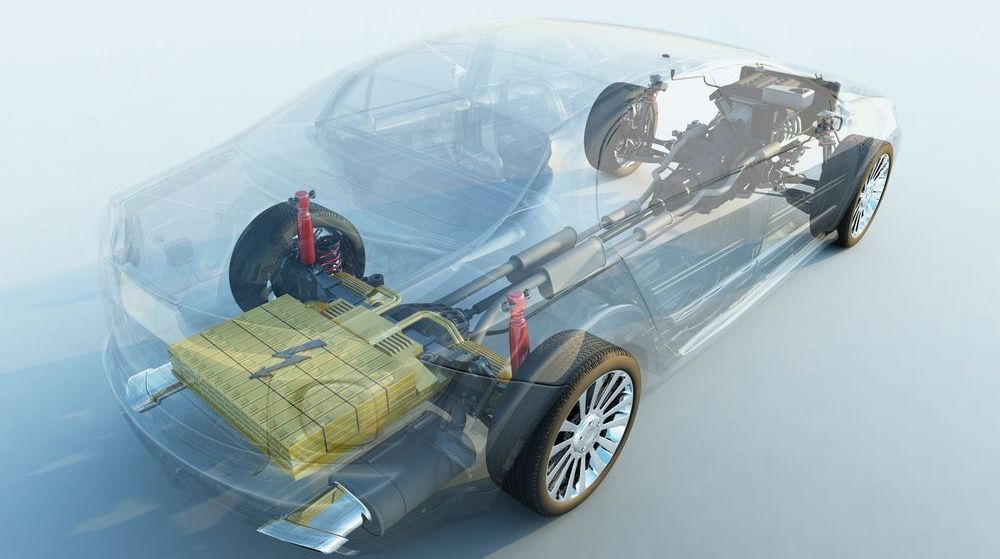Sep 19, 2019
Physicists discover topological behavior of electrons in 3D magnetic material
Posted by Saúl Morales Rodriguéz in categories: materials, particle physics
An international team of researchers led by scientists at Princeton University has found that a magnetic material at room temperature enables electrons to behave counterintuitively, acting collectively rather than as individuals. Their collective behavior mimics massless particles and anti-particles that coexist in an unexpected way and together form an exotic loop-like structure.
The key to this behavior is topology—a branch of mathematics that is already known to play a powerful role in dictating the behavior of electrons in crystals. Topological materials can contain massless particles in the form of light, or photons. In a topological crystal, the electrons often behave like slowed-down light yet, unlike light, carry electrical charge.
Topology has seldom been observed in magnetic materials, and the finding of a magnetic topological material at room temperature is a step forward that could unlock new approaches to harnessing topological materials for future technological applications.
